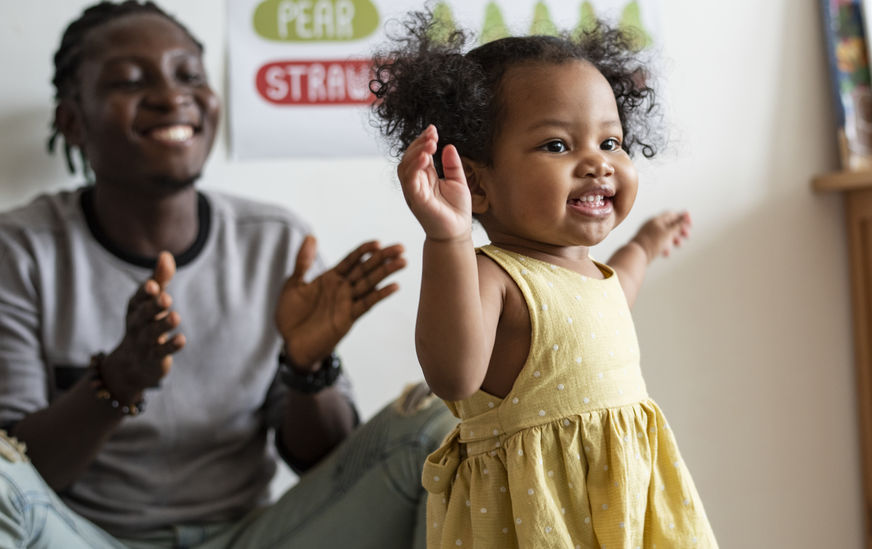
As musicians, we have all studied music intensely for years, and for many of us, even decades. We know and understand music on a very deep level and bring that knowledge into our clinical work and classrooms every day.
Because our knowledge is so intrinsic, sometimes we forget how complex and special music really is. We’re somewhat blind to the special power that we have, which is our deep understanding of music and how to utilize it.
So, I’m remedying this blind spot! My upcoming blog posts will focus on the various elements of music and how to highlight them in music therapy sessions and music classes.
The first element of music in the series is *drumroll please* RHYTHM!!
Some of the goals addressed in these songs:
- Improve fine and gross motor skills
- Increase ability to count to 3
- Increase ability to utilize palmar grasp
- Increase sustained attention
- Improve sequencing
- Improve working memory
- Increase ability to duplicate a pattern
“Polar Bear” has consistently been a HUGE hit in all of my music therapy sessions and music classes, but the best part is by far the boom-boom-clap rhythm that runs throughout the verses.
Not only is the iconic rhythm a great way to get caregivers and teachers instantly engaged in the song, it is also the perfect balance between simple and challenging for children. The boom-boom-clap has it all: consistency, a pattern, a rest, and a lyric that matches the rhythmic pattern.
I always begin slowly by stating “polar” while patting my lap on each syllable, an then clapping on “bear”. After a little bit of practice, I put both parts together until the participants can do it easily. If that poses too much of a challenge, you can always take out the clap and substitute another boom.
“Rhythm Stick Waltz” is a sweet song in ¾ time that is perfect for practicing counting up to 3, but also exposing children to a different time signature, which has a completely different feel and experience for children.
The “Rhythm Stick Waltz” is a great way to practice playing in time together as well as just keeping a rhythm steady. Although this is an easy task for many, it can be an incredibly challenging task for many children and clients.
There is something about the crisp clean sound of rhythm sticks that just lends itself to focusing on rhythm, which brings me to the final song in this post, “Clatter, Clatter, Clackity Clack”.
Repetition can be a motivating but challenging activity for many children. Being able to replicate movements and speech are vital parts of learning, so music intervention is a great way to practice this skill, and what better way than to turn it into a game?
In this song, the facilitator plays a rhythm and the participant copies it. I always begin with a simple and easy rhythm, and up the ante as my clients or students demonstrate their abilities. This is a great way to encourage listening skills and challenge children in a fun and motivating way.
Rhythm is incredibly good for our brains, as well as a great way to work out our listening skills, sequencing skills, and so much more. With these three songs, you are sure to focus on rhythm in your music therapy sessions and music classes.
Let me know in the comments below: how do you emphasize rhythm in your sessions or classes?
You can listen to all of these songs in their entirety right here. Lyrics, chords, mp3s, and instrumental tracks for these original songs are available for download. As is the case for all Listen & Learn Music creations, we invite you to adapt these songs as needed to best serve your students and/or clients.


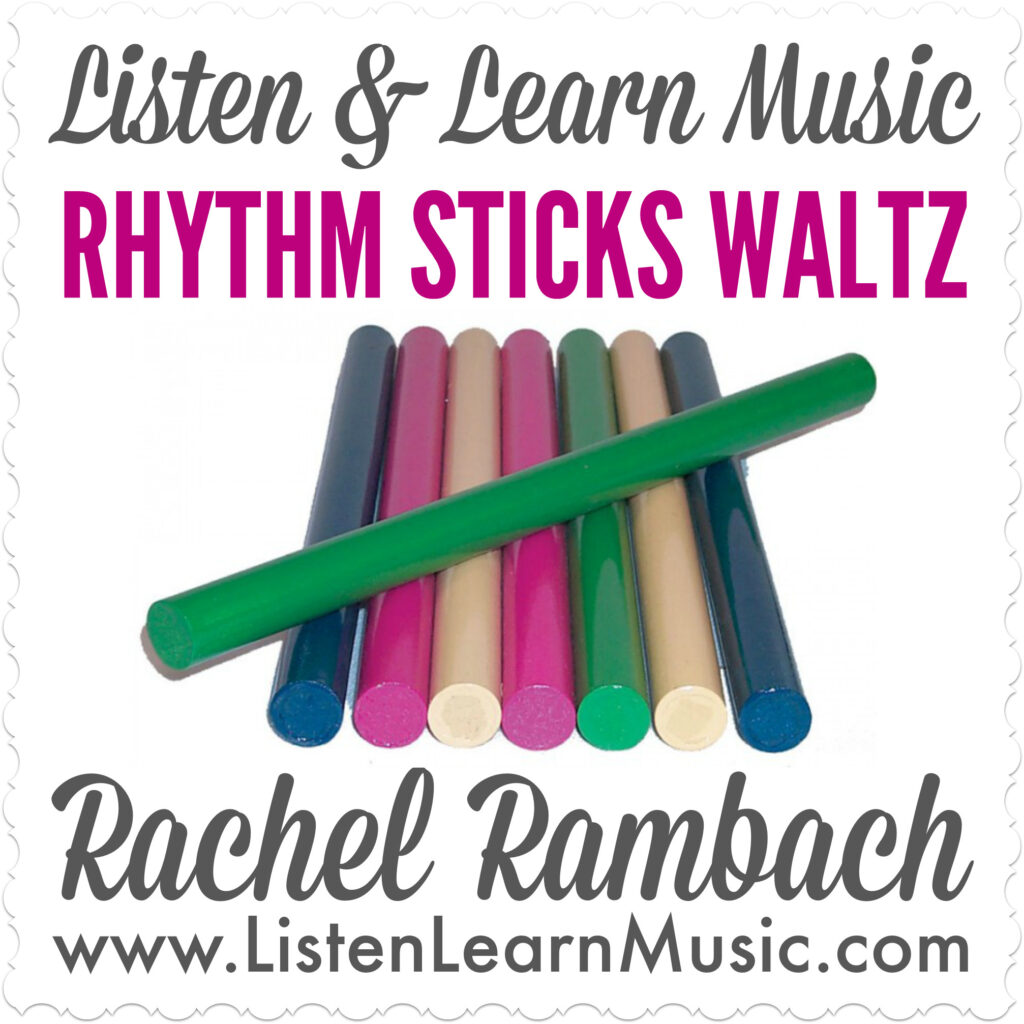
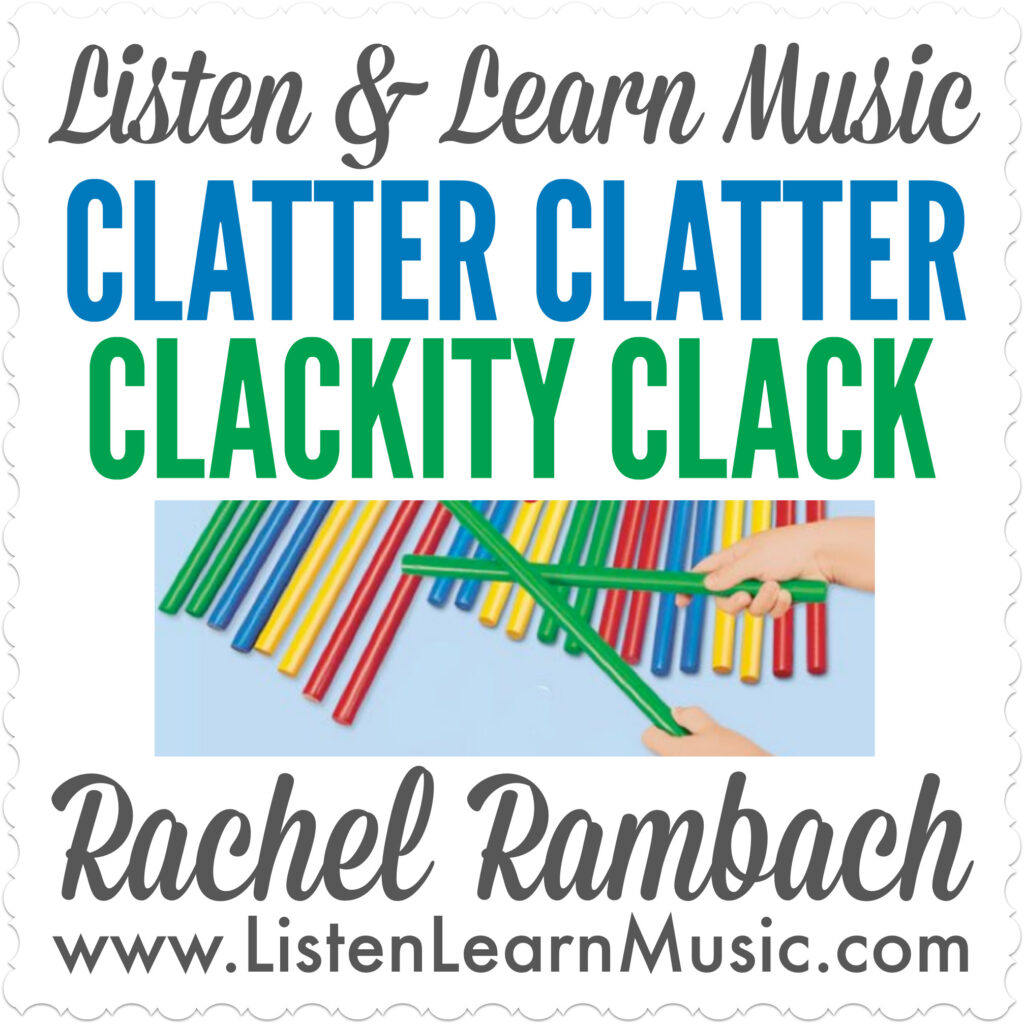
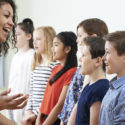
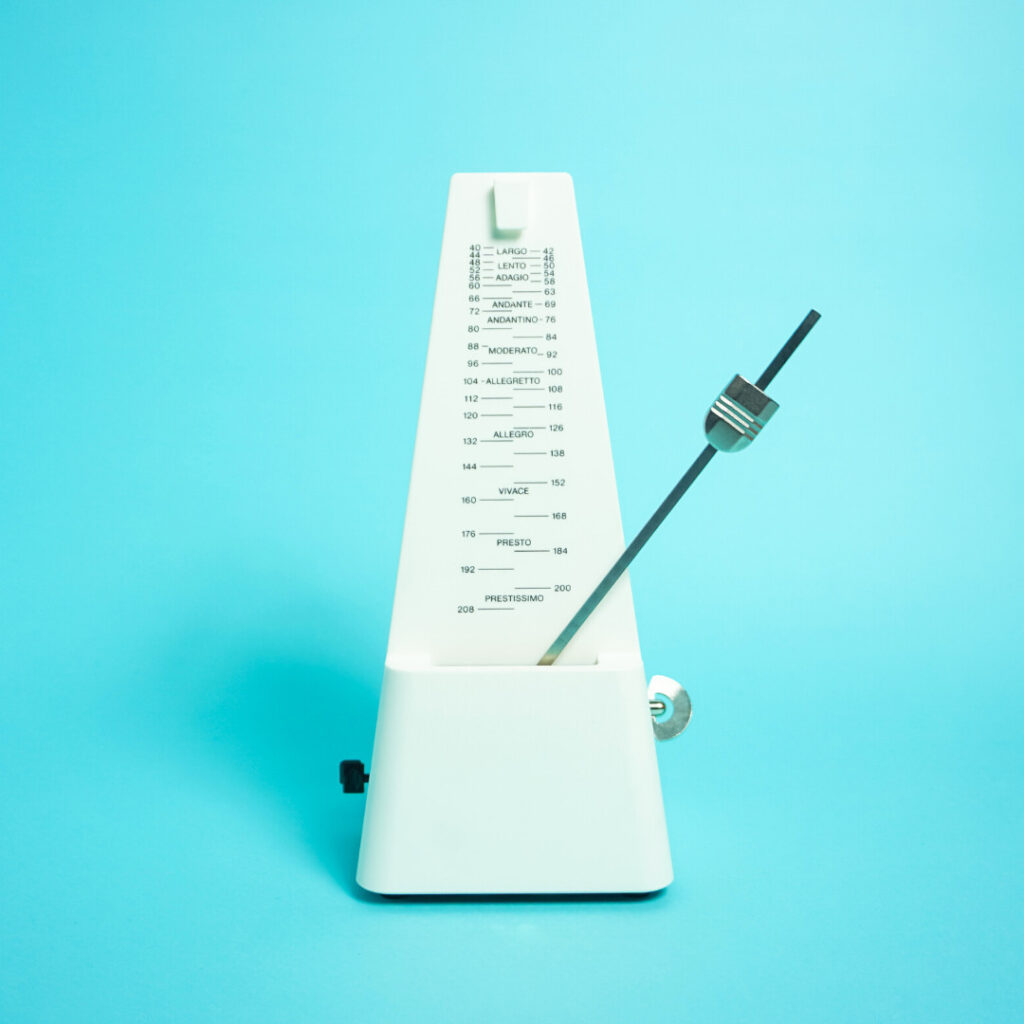

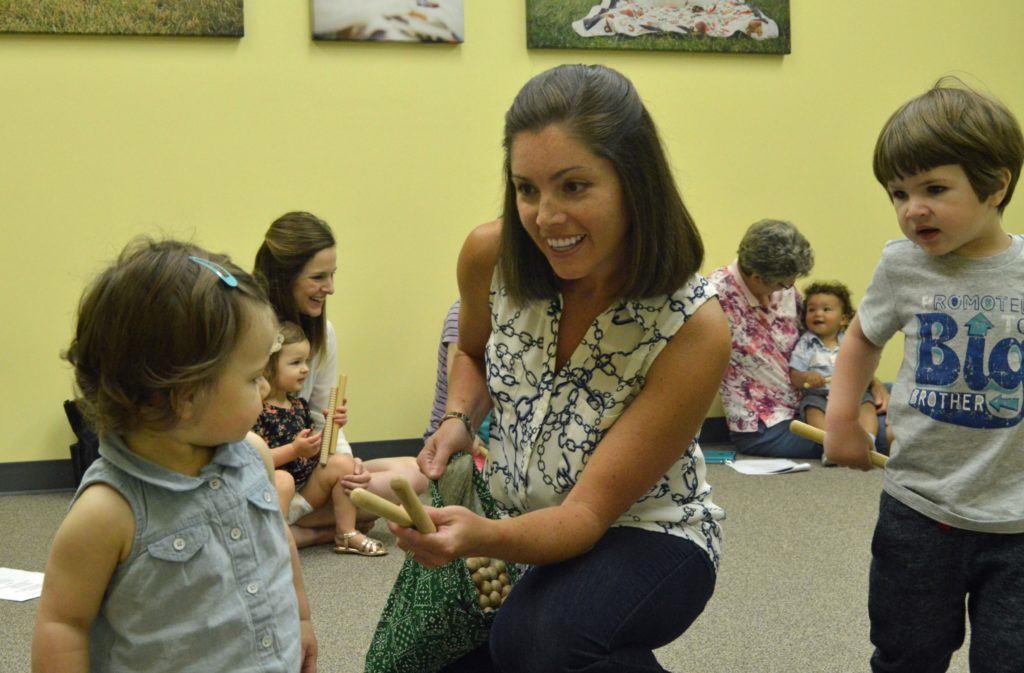
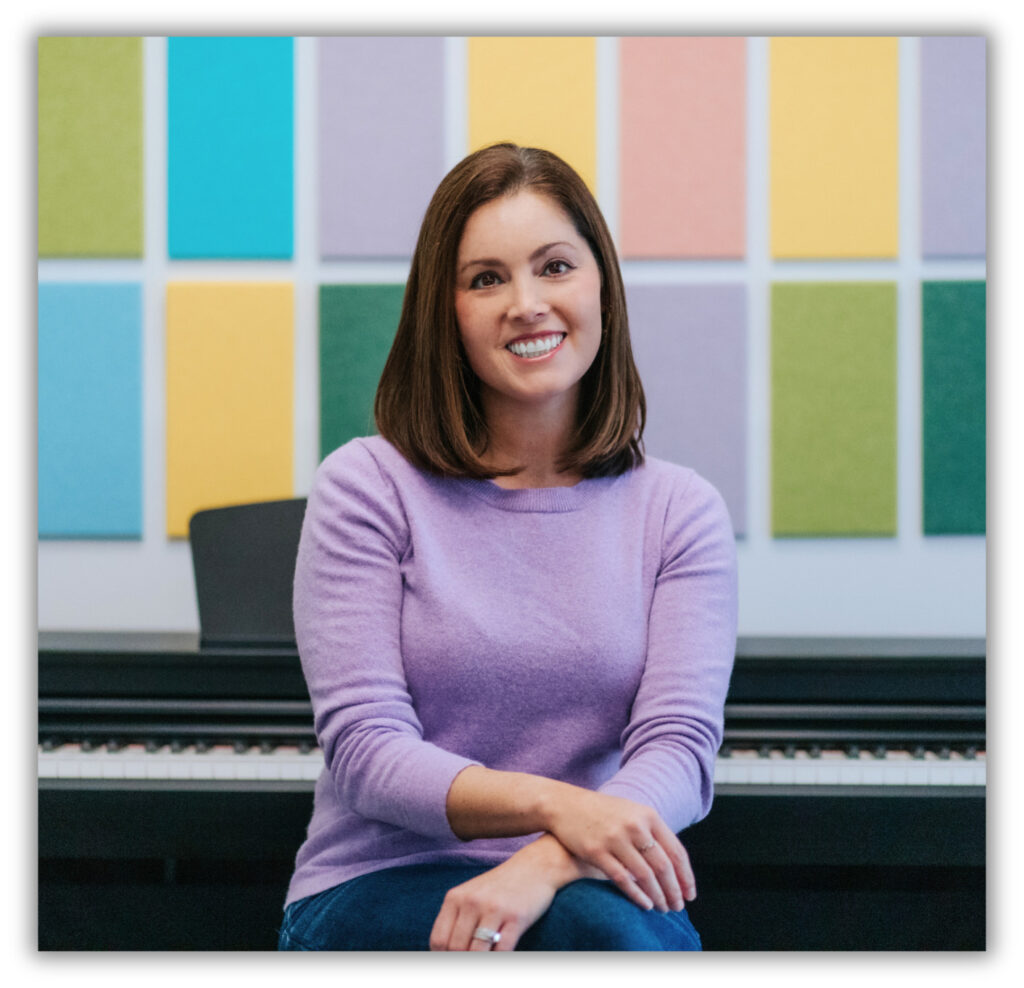
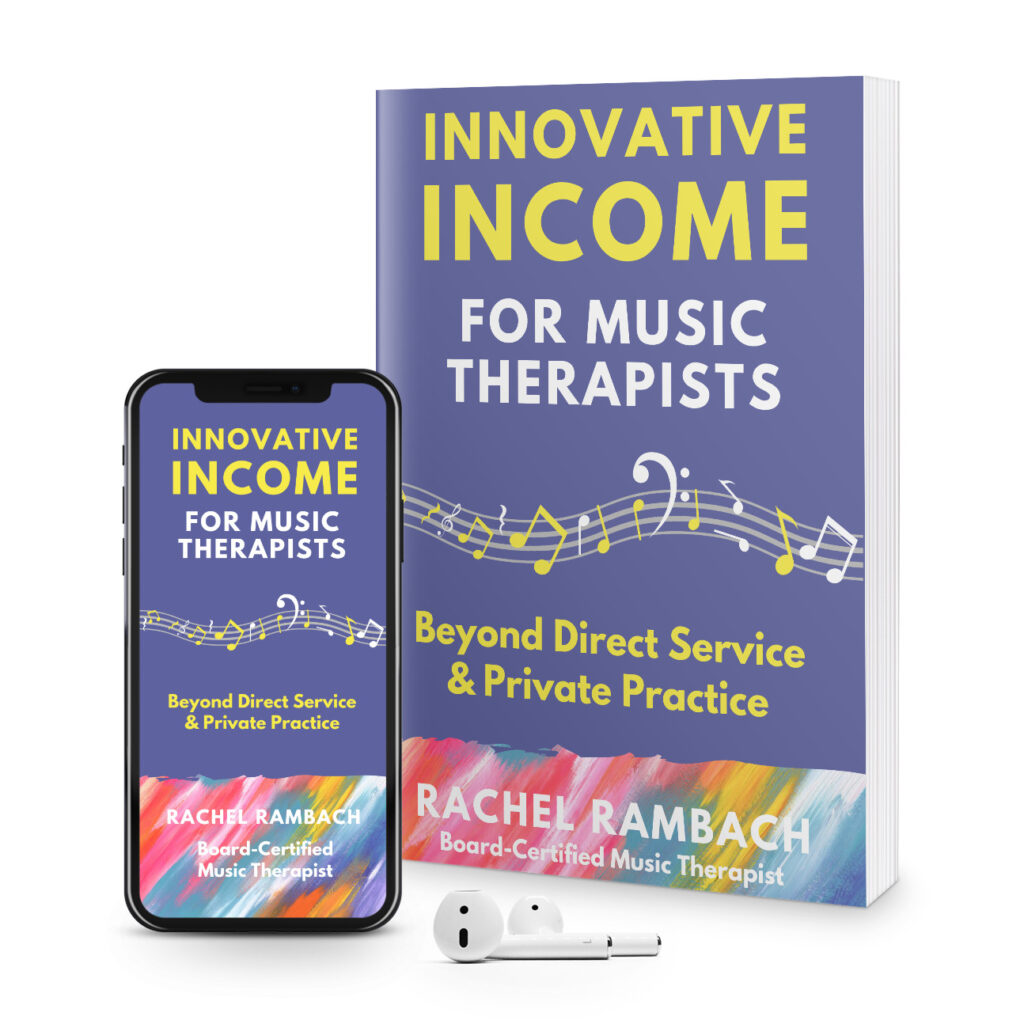
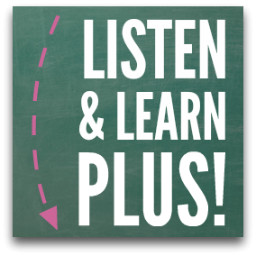
Trackbacks/Pingbacks